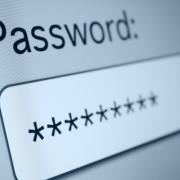Apple recently changed the wording in the “Why You’ll Love A Mac” section of its website, removing longstanding claims about Macs being more secure than Windows PCs.
For years, Apple’s marketing has centered on the notion that Mac users are immune to the malware that routinely causes headaches for PC users.
Here is how Apple used to phrase this: “A Mac isn’t susceptible to the thousands of viruses plaguing Windows-based computers. That’s thanks to built-in defenses in Mac OS X that keep you safe, without any work on your part.”
But sometime in the past few days, Apple changed this message to read: “Built-in defenses in OS X keep you safe from unknowingly downloading malicious software on your Mac.”
Apple also changed its description of OS X from “It doesn’t get PC viruses” to “It’s built to be safe”.
The original Apple web page, dated June 9 used to be able to be seen via Google cache, but not anymore.
The removal of Windows comparisons could signal a change in Apple’s security marketing strategy. Apple’s devilishly effective “Get a Mac” marketing campaign focused on the superior security of Macs over Windows PCs, and while researchers have warned that Macs are not inherently more secure, many Mac users still operate under that assumption.
Apple did not respond to a request for comment on the website changes. But security experts suspect that the increasing attention the company is getting from malware authors did play a role in its decision to remove references to Windows.
“Apple does not want to lose its image as a secure platform,” Andrew Plato, president of Anitian Enterprise Security, said in an interview. “A lot of people still see their Mac as fundamentally more secure than Windows. Flashback proved that Macs are just as vulnerable.”
Macs get more attention from attackers
As more iOS devices make their way into businesses through the bring-your-own-device phenomenon, Mac adoption in businesses is also rising, creating a more inviting target for attackers, according to Andrew Brust, CEO of Microsoft analyst firm Blue Badge Insights.
“Macs can’t keep that low profile anymore, and the bullies are starting to target it, with increasing frequency,” Brust said.
Apple has kept security under the same cloak of secrecy as the rest of its operations, but there are signs that may be changing. Next month, Apple is slated to take part in the Black Hat security conference for the first time. Dallas De Atley, manager of the platform security team, will give a talk there on key security technologies in iOS.
On Monday at the opening of its Worldwide Developer Conference, Apple offered insight into the security improvements in OS X Mountain Lion, which is slated for release in July. The big new feature is Gatekeeper, a security mechanism that allows OS X developers to digitally sign their apps, thereby preventing users from accidentally installing malicious software.
Article Source: This article originally appeared at crn.com
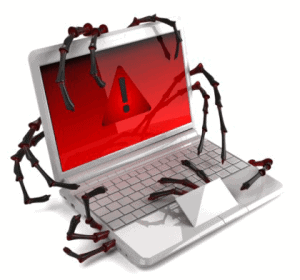


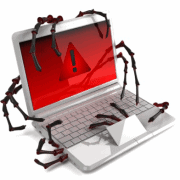
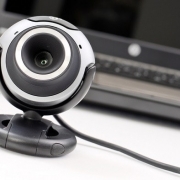
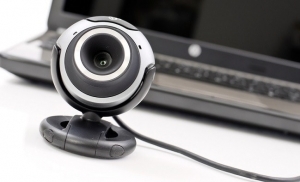

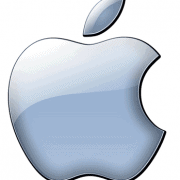
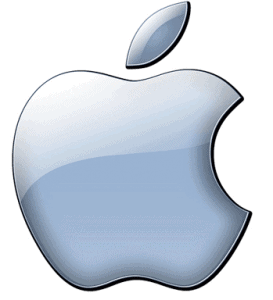
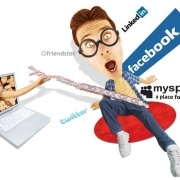
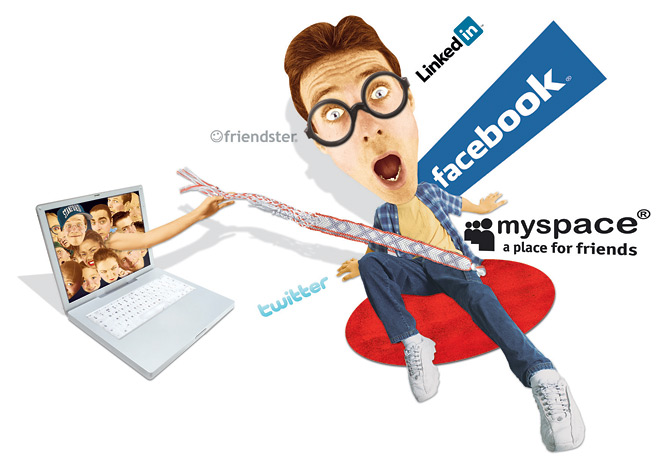
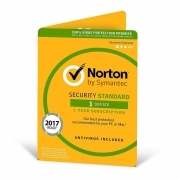
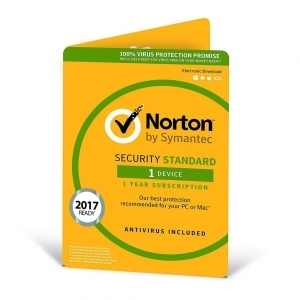 Up until about 2012, I was of the opinion that AVG Free was as good as any Antivirus software, on the proviso that you didn’t do stupid things online like visiting porn websites, clicking on links in emails that were obvious phishing scams and making sure you kept Windows up to date along with Java, Adobe Flash and Adobe Reader.
Up until about 2012, I was of the opinion that AVG Free was as good as any Antivirus software, on the proviso that you didn’t do stupid things online like visiting porn websites, clicking on links in emails that were obvious phishing scams and making sure you kept Windows up to date along with Java, Adobe Flash and Adobe Reader.


